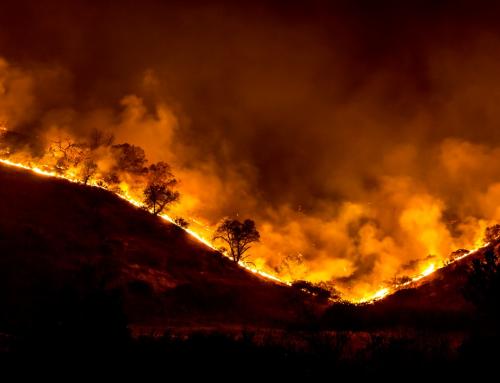Pressure builds in deep disposal wells
Texas oil and gas companies have always pumped the brackish wastewater that results from drilling activities back into the ground, in wells deep below the earth’s surface. Some of these disposal wells are reaching their capacity and accumulating pressure. This has prompted EPA to reconsider regulations that have long prohibited disposal of wastewater into open source rivers and streams.
Pressure builds for EPA and the oil industry to find a solution
The EPA under the Trump Administration has proven favorable to industry, including the oil and gas industries. The changing conditions of the disposal wells are a cause for concern. With current regulations, companies may have to resort to costly disposal methods. Purifying or treating the water or trucking it to other locations for disposal are viable options when wells become full, but they are expensive. With the regulations as they are, oil and gas companies will either have to innovate cheaper disposal or purification methods. With regulations potentially weakened, however, companies may be permitted to pump wastewater into rivers and streams.
EPA plans to make a decision by summer of 2019, and to consult with experts to make that decision. Ideally, if EPA weakens regulations and permits oil companies to dump wastewater, the treatment and dumping methods are economical and won’t result in contamination of drinking water supplies or be a threat to wildlife. Because of a lack of research and approved testing methods, “there’s not really the science and data to inform EPA.”
Oil and gas companies support less stringent regulations
Many lobbyists for the oil and gas industry lobby for weaker regulations. They argue that treated wastewater “could provide a valuable resource for drought-ravaged water supplies in the western United States, with potential uses for agriculture and industry, and even drinking water supplies.” Long term research on treated wastewater for farming would be beneficial to determine regulatory standards. In fact, long term research and scientist panels have previously been the norm for determining EPA standards. If EPA aims to adjust regulations by next summer, however, environmental scientists may not have sufficient time for research.
Industry searches for an economical solution
One of the main reasons oil companies tend to pump water into disposal wells instead of treating it is cost. One barrel of oil produces about four to five barrels of wastewater. In other words, companies would need to treat a high volume of water in order to discharge into open source water supply. Right now, there are no discharge regulations to incentivize the industry to innovate and find a low-cost solution. But with the right standards, a solution could be on the way. In El Paso, Texas, the city’s water utility is “treating brackish water with a salt content similar to oil wastewater.” This system produces about 27.5 million gallons of fresh water every day. With the right standards in place, the oil and gas industry could come up with a solution similar to El Paso’s desalinization treatment.
Finding the right standards
Most oil and gas companies will be in favor of weakened regulations. Even so, EPA should still heavily consider environmental, agricultural, and human health impacts. Favorable standards as those that allow business to flourish while protecting water supplies. Rolling back standards that followed the 2010 Deepwater Horizon explosion could potentially result in more environmental disasters.
The Texas Railroad Commission is considering applying to the “federal government for authority to administer wastewater discharge permits.” EPA is currently the only authority that distributes these permits. If the Railroad Commission could distribute permits, the state would circumvent EPA to deal with wastewater discharges. If the discharge standards protected the environment and open source water, this could potentially be a viable solution.







Leave A Comment
You must be logged in to post a comment.